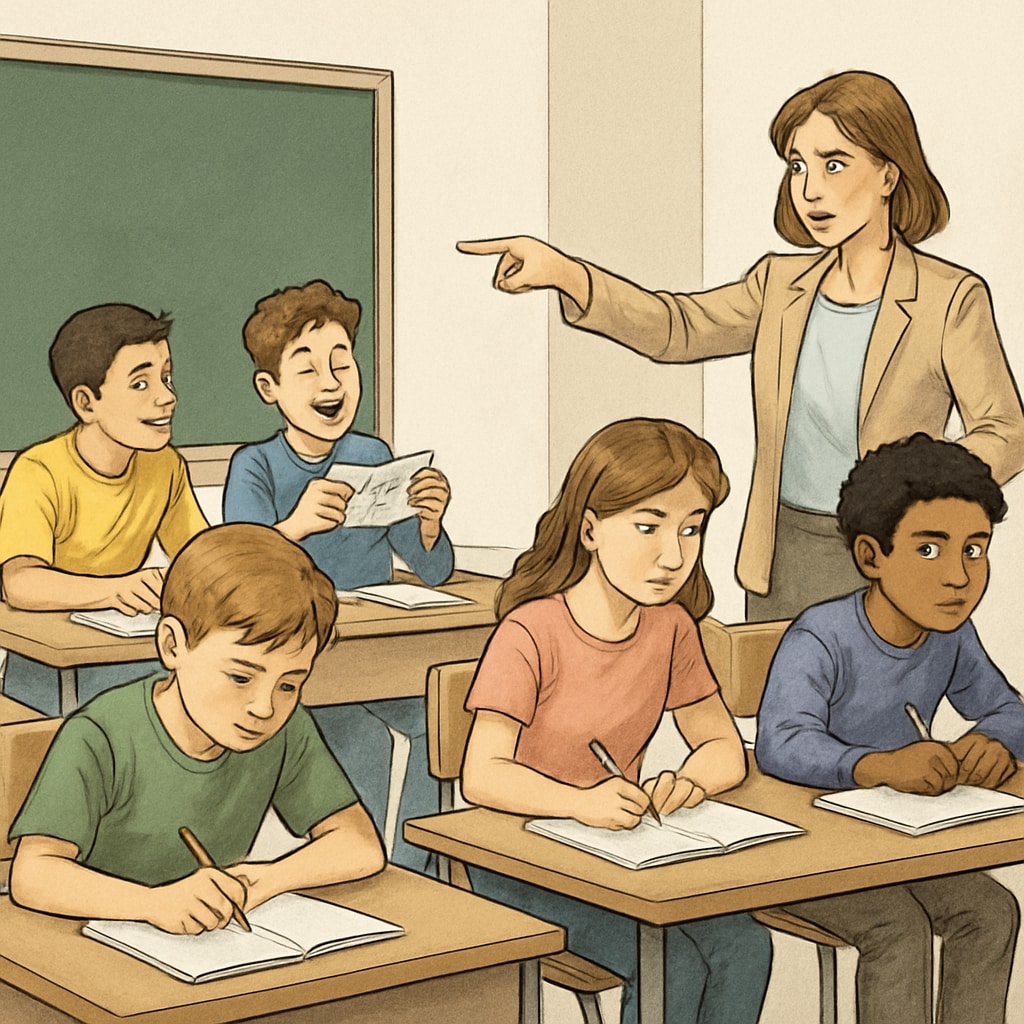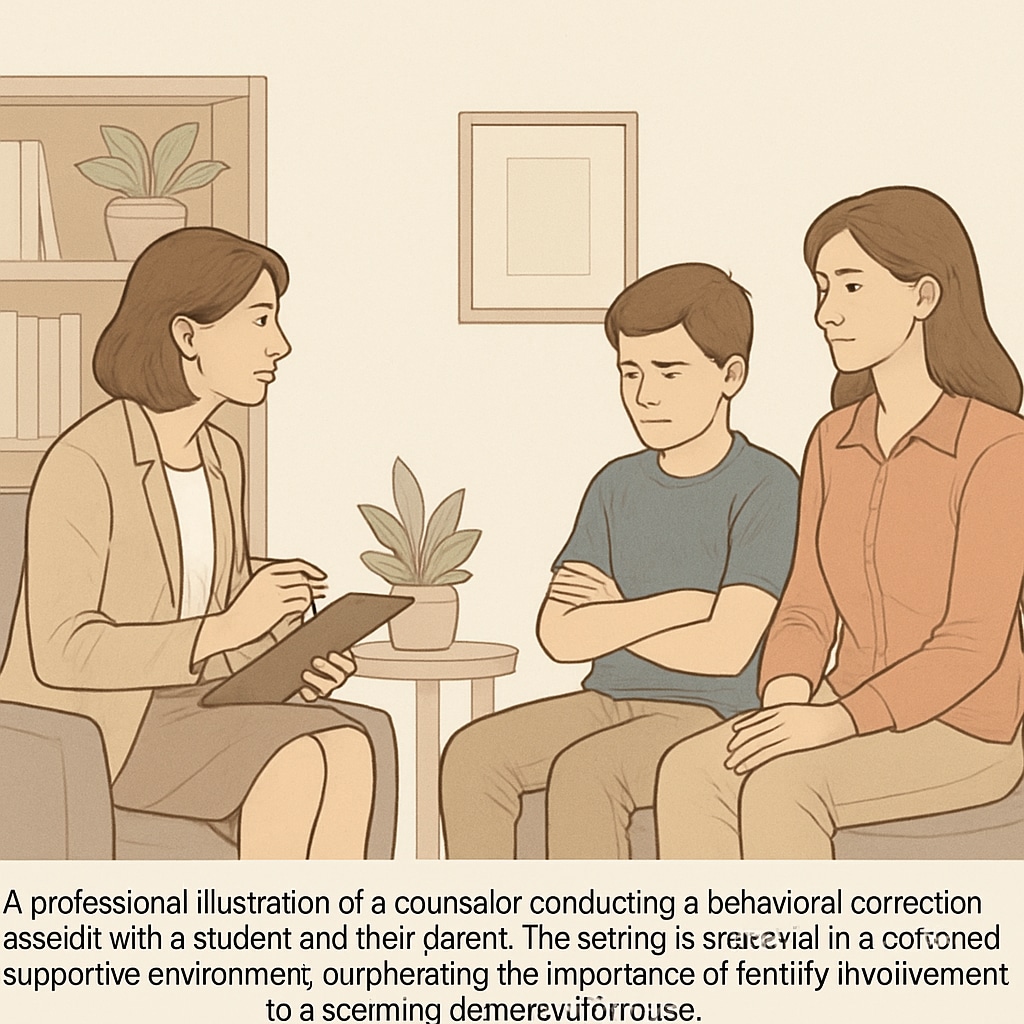Disruptive behavior in public schools poses a significant challenge to educators and students alike. Such behaviors often undermine the learning environment, affecting both the academic progress of peers and the mental well-being of teachers. To address this issue, a dual-track strategy combining temporary suspension and behavioral correction has been proposed. This approach aims to provide targeted intervention for disruptive students while safeguarding the rights of other learners to a focused and productive classroom atmosphere.
The Challenge of Managing Disruptive Behavior in Public Schools
Disruptive behavior in educational settings is not a new phenomenon. However, its prevalence has increased, drawing attention to its detrimental effects on the broader school community. Disruptive students often monopolize teachers’ time and energy, reducing the quality of instruction for others. Furthermore, they can create a stressful environment for their peers, leading to disengagement and lower academic outcomes.
Traditional disciplinary methods, such as detention or expulsion, often fail to address the root causes of such behavior. Instead, these measures may exacerbate the problem, alienating students further and increasing the likelihood of future issues. A more comprehensive approach is needed to not only manage disruptive behavior but also guide these students toward positive change.

A Dual-Track Approach: Temporary Suspension and Behavioral Correction
The proposed dual-track strategy offers a balanced solution. It involves temporarily suspending students who repeatedly disrupt the classroom, allowing the remaining students to continue their education without interruptions. However, this suspension is not merely punitive; it is coupled with targeted behavioral correction programs tailored to the needs of the suspended students.
Key components of this approach include:
- Professional Intervention: Students undergo counseling sessions with trained professionals to address underlying psychological or emotional issues contributing to their disruptive behavior.
- Parental Engagement: Parents are actively involved in the intervention process, ensuring that changes in behavior are reinforced at home.
- Skill Development: Behavioral correction programs focus on teaching essential social and emotional skills, such as conflict resolution, emotional regulation, and accountability.
By integrating these elements, the dual-track approach not only helps disruptive students but also preserves the learning environment for others.
The Benefits of Behavioral Correction for Public Education
Implementing this strategy in public schools offers several advantages:
- Improved Classroom Dynamics: Temporary removal of disruptive students ensures that the majority can learn without distractions.
- Personalized Support: Problematic students receive individualized attention to address their unique needs.
- Reduced Teacher Burnout: A more stable classroom environment alleviates stress for educators, allowing them to focus on effective teaching.
- Long-Term Impact: By addressing the root causes of disruptive behavior, this approach reduces the likelihood of future incidents, fostering a more harmonious school culture.
For example, studies by organizations such as the American Psychological Association have shown that behavioral interventions significantly improve student outcomes when implemented consistently. Similarly, research from behavioral science highlights the importance of addressing emotional and social factors in educational settings.

Challenges and Considerations
While promising, this dual-track strategy is not without challenges. Implementing temporary suspension and behavioral correction programs requires additional resources, such as trained counselors and funding for specialized programs. Schools must also ensure that these initiatives are inclusive and do not disproportionately target students from marginalized backgrounds.
Moreover, collaboration among teachers, administrators, parents, and mental health professionals is essential for the success of this approach. Clear communication and consistent monitoring are necessary to evaluate the effectiveness of interventions and make adjustments as needed.
Conclusion: Toward a Balanced and Inclusive Educational System
The dual-track strategy of temporary suspension combined with behavioral correction represents a proactive and holistic solution to managing disruptive students in public schools. By addressing the root causes of problematic behavior and providing targeted support, this approach ensures that all students—both those who disrupt and those who are disrupted—can thrive in a positive and conducive learning environment.
As public schools continue to face the challenge of disruptive behavior, adopting innovative and inclusive policies like this one will be critical for fostering academic success and emotional well-being for all.
Readability guidance: This article uses concise sentences, active voice, and structured paragraphs to maintain clarity. Lists and examples are included to summarize key points, ensuring accessibility for a wide audience.


